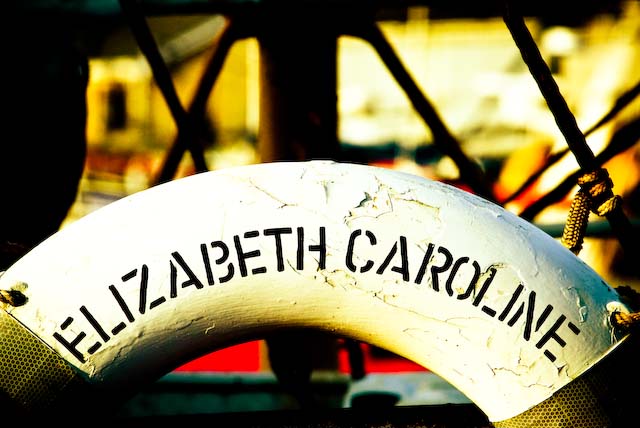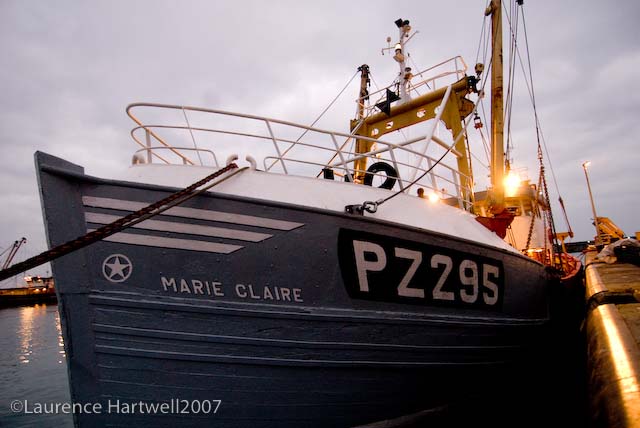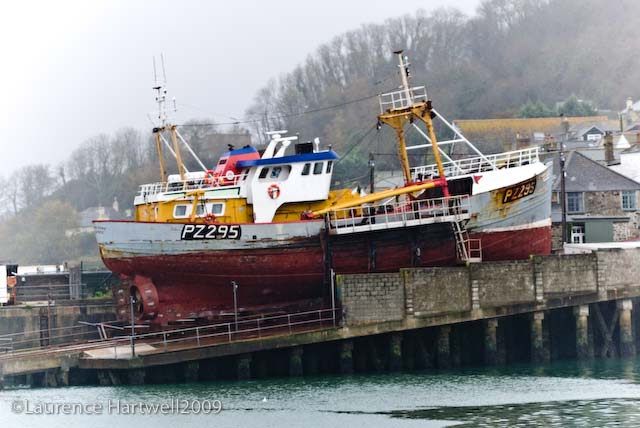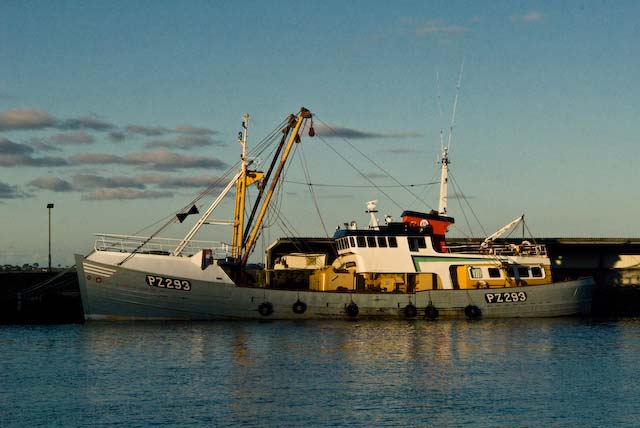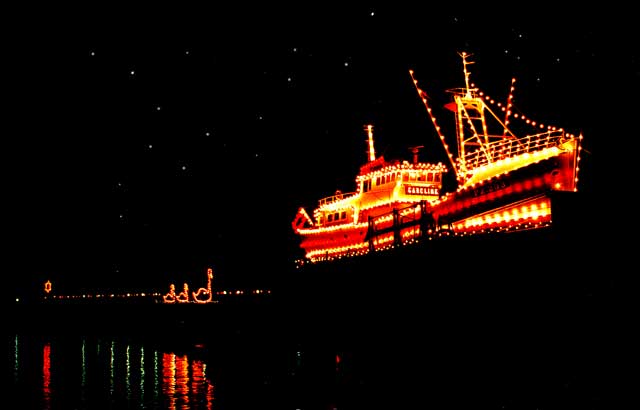Two of Newlyn's oldest residents left the port on their last voyages and have both sunk......
The tug MTS Valour towed the two vessels from Newlyn intending to rendevous with another tug before towing both vessels up the river Exe to be scrapped.
There were no crew aboard either at the time of the sinkings. The Elizabeth Caroline went down off Salcombe at 50'08.439 -03'53.603.
The Marie Claire made it to the harbour at Salcombe where she later sank on her mooring...
The Marie Claire while she was fishing from Newlyn freshly painted...
and on the slip for her annual scrub and bottom clean...
and on the slip for her annual scrub and bottom clean...
Here, the wooden 99 foot beam trawler, Elizabeth Caroline built in 1946 in Lowestoft is seen in better days - skippered for many years by David Senior - when she was still fishing...
when not fishing, her ceremonial duties in the port included being the star of the show for Newlyn Harbour Lights
when not fishing, her ceremonial duties in the port included being the star of the show for Newlyn Harbour Lights
and her last engagement in the port was as Union Jack flag bearer to celebrate the Queen's Jubilee this summer...
with her fishing letters and number painted out she waits to be towed away for scrapping....
Blog followers have responded and kindly and sent in a few additional pics from the archives...
the starboard beam trawl is seen here having the cod end emptied...
looks like a few hours of mending ahead for the Dumps and one other (to be identified) on deck...
there's a crude connection of sorts to help name the mate seen here posing in the stern for the camera aboard the Caroline at the time...
that's a fine monk Mr Mate has in his hands...
still more meshes to mend.....
meanwhile, two other ex-Stevenson's beam trawlers, the Jannie en Klaas...
and the Anneliese were successfully towed to Appledore for breaking. In this instance the steel boats fared somewhat better than their wooden sisters.
